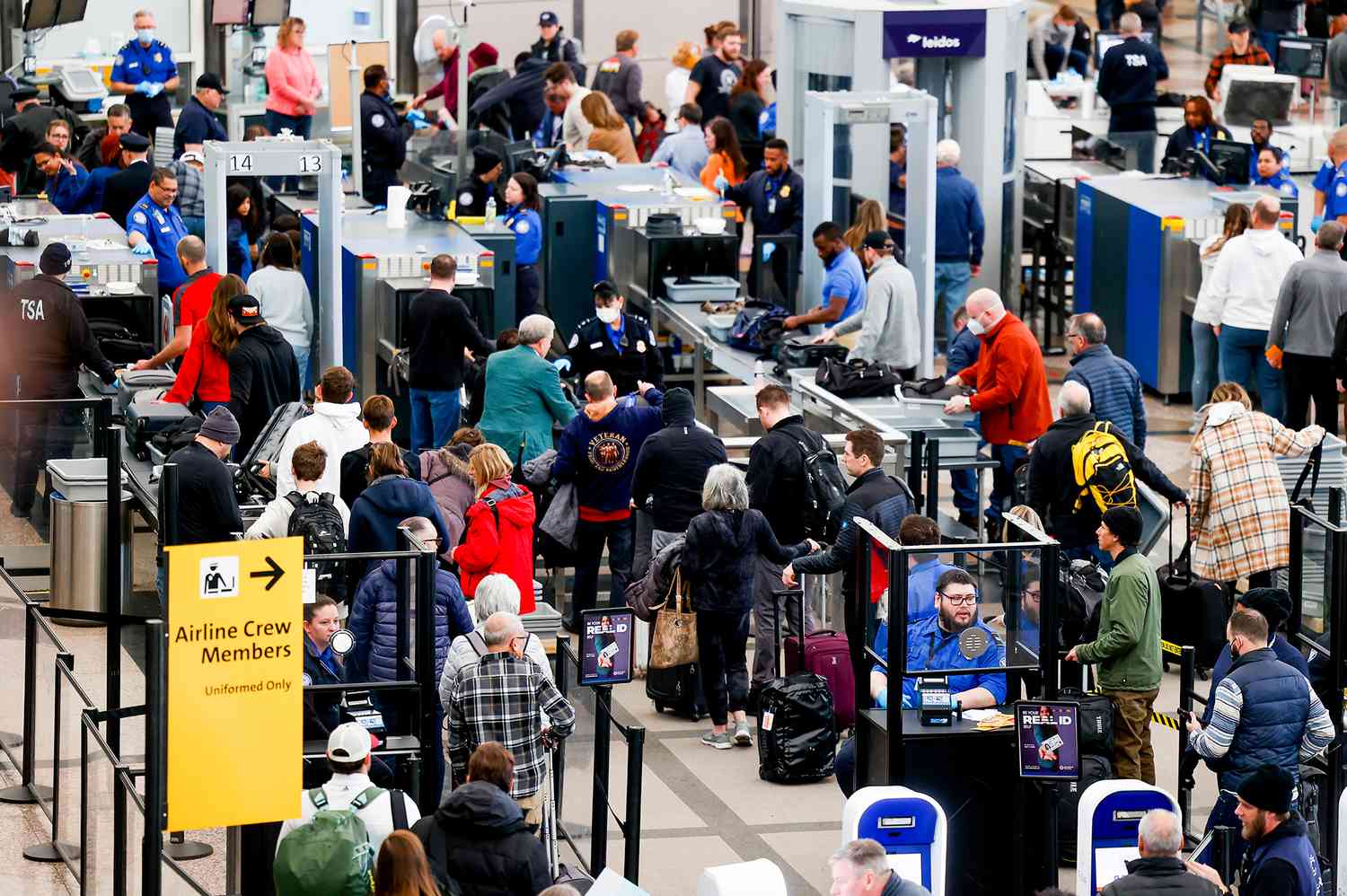
Aviation security measures have evolved significantly over the years to ensure passenger safety and protect against threats. Why are these measures so important? They prevent potential attacks, safeguard lives, and maintain the integrity of air travel. From the moment you step into an airport, various protocols come into play, from baggage screening to passenger checks. These procedures might seem tedious, but they are crucial for everyone's safety. Understanding the reasons behind these measures can help ease frustrations and highlight their importance. Let's dive into 14 key facts about aviation security that will give you a clearer picture of what happens behind the scenes.
Key Takeaways:
- Aviation security has come a long way, from the first airport screening in the 1970s to advanced technology like full-body scanners and biometric screening, all aimed at keeping passengers safe from potential threats.
- Collaboration and regulations, such as ICAO standards and passenger data sharing, ensure consistent security measures worldwide, while measures like random screenings and air marshals provide additional layers of protection beyond the airport.
The Evolution of Aviation Security
Aviation security has come a long way since the early days of flight. With increasing threats, measures have evolved to ensure passenger safety. Here are some intriguing facts about aviation security measures.
-
First Airport Security Screening: The first airport security screening was introduced in the 1970s after a series of hijackings. This marked the beginning of systematic checks to prevent weapons and explosives from being brought on board.
-
TSA Formation: The Transportation Security Administration (TSA) was established in response to the 9/11 attacks. This agency oversees security in all modes of transportation, but its primary focus is on aviation.
Advanced Technology in Security
Technology plays a crucial role in modern aviation security. From scanners to biometrics, advancements have made air travel safer and more efficient.
-
Full-Body Scanners: Introduced in 2007, full-body scanners use millimeter-wave technology to detect hidden objects without physical contact. These scanners can spot non-metallic items that metal detectors might miss.
-
Biometric Screening: Airports are increasingly using biometric screening, such as facial recognition and fingerprint scanning, to verify passenger identities quickly and accurately.
-
Automated Security Lanes: Some airports have automated security lanes that speed up the screening process. These lanes use conveyor belts and automated bins to streamline the flow of passengers and their belongings.
Canine Units and Behavioral Detection
Human and animal elements are also vital in aviation security. Trained professionals and dogs add an extra layer of protection.
-
Canine Units: Dogs trained to detect explosives and drugs are a common sight at airports. Their keen sense of smell makes them invaluable in identifying potential threats.
-
Behavioral Detection Officers: These officers are trained to observe passengers for suspicious behavior. They look for signs of stress, nervousness, or other indicators that someone might pose a threat.
International Collaboration and Regulations
Aviation security is a global concern, requiring cooperation and standardized regulations across countries.
-
ICAO Standards: The International Civil Aviation Organization (ICAO) sets global standards for aviation security. Member countries must adhere to these guidelines to ensure consistent security measures worldwide.
-
Passenger Data Sharing: Countries often share passenger data to identify potential threats. This collaboration helps prevent individuals on watchlists from boarding flights.
Passenger and Baggage Screening
Screening passengers and their baggage is a fundamental aspect of aviation security. Various methods are employed to ensure nothing dangerous gets on board.
-
Random Screening: In addition to standard checks, random screenings are conducted to catch anyone trying to bypass security. This unpredictability deters potential threats.
-
Explosive Trace Detection: This technology can detect minute traces of explosives on passengers and their belongings. Swabs are taken and analyzed to identify any dangerous substances.
Security Beyond the Airport
Aviation security extends beyond the airport itself. Measures are in place to protect aircraft and passengers throughout their journey.
-
Air Marshals: Undercover air marshals are deployed on flights to handle any in-flight security threats. Their presence adds an extra layer of protection for passengers and crew.
-
Cockpit Security: Since 9/11, cockpit doors have been reinforced to prevent unauthorized access. Pilots can lock the doors from the inside, ensuring no one can breach the cockpit during a flight.
-
No-Fly Lists: Individuals deemed a threat to aviation security are placed on no-fly lists. These lists are maintained by various countries and shared internationally to prevent dangerous individuals from boarding flights.
Final Thoughts on Aviation Security
Aviation security measures have evolved significantly over the years. From advanced screening technologies to stringent regulations, these protocols ensure passenger safety. Biometric identification and behavioral analysis are now standard practices, enhancing the accuracy of threat detection. Random security checks and no-fly lists add extra layers of protection.
Collaboration among international agencies plays a crucial role in maintaining global aviation security standards. Training programs for security personnel ensure they stay updated with the latest threats and countermeasures. Public awareness campaigns also help passengers understand the importance of these measures.
While some may find these procedures inconvenient, they are essential for safe air travel. Next time you’re at the airport, remember the extensive efforts behind the scenes to keep you secure. Understanding these facts can make the process smoother and less stressful for everyone involved. Safe travels!
Frequently Asked Questions
Was this page helpful?
Our commitment to delivering trustworthy and engaging content is at the heart of what we do. Each fact on our site is contributed by real users like you, bringing a wealth of diverse insights and information. To ensure the highest standards of accuracy and reliability, our dedicated editors meticulously review each submission. This process guarantees that the facts we share are not only fascinating but also credible. Trust in our commitment to quality and authenticity as you explore and learn with us.


